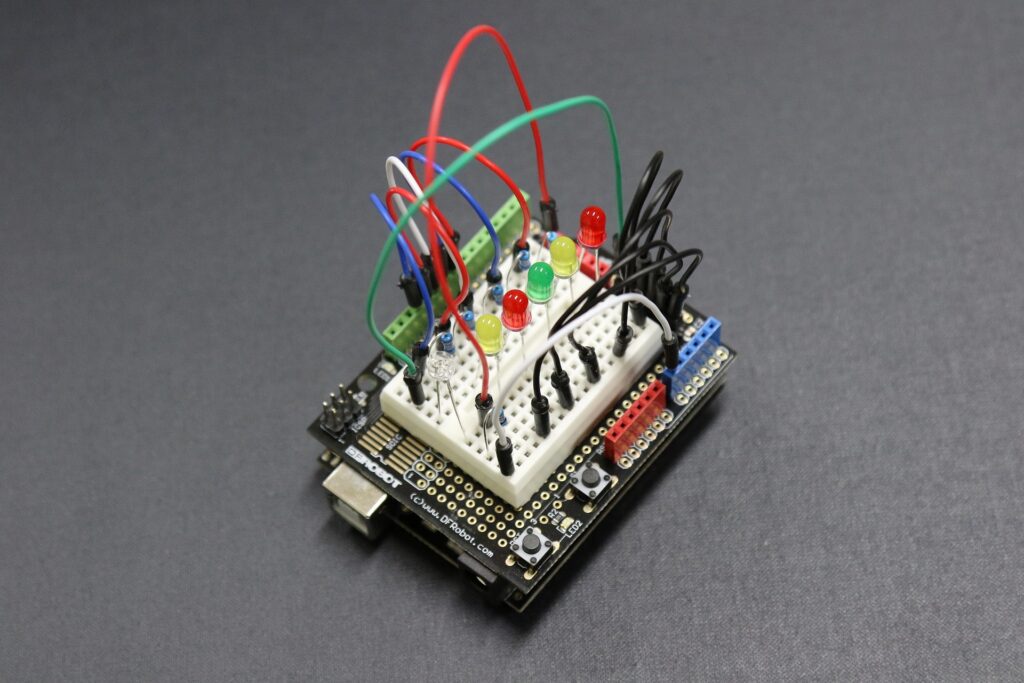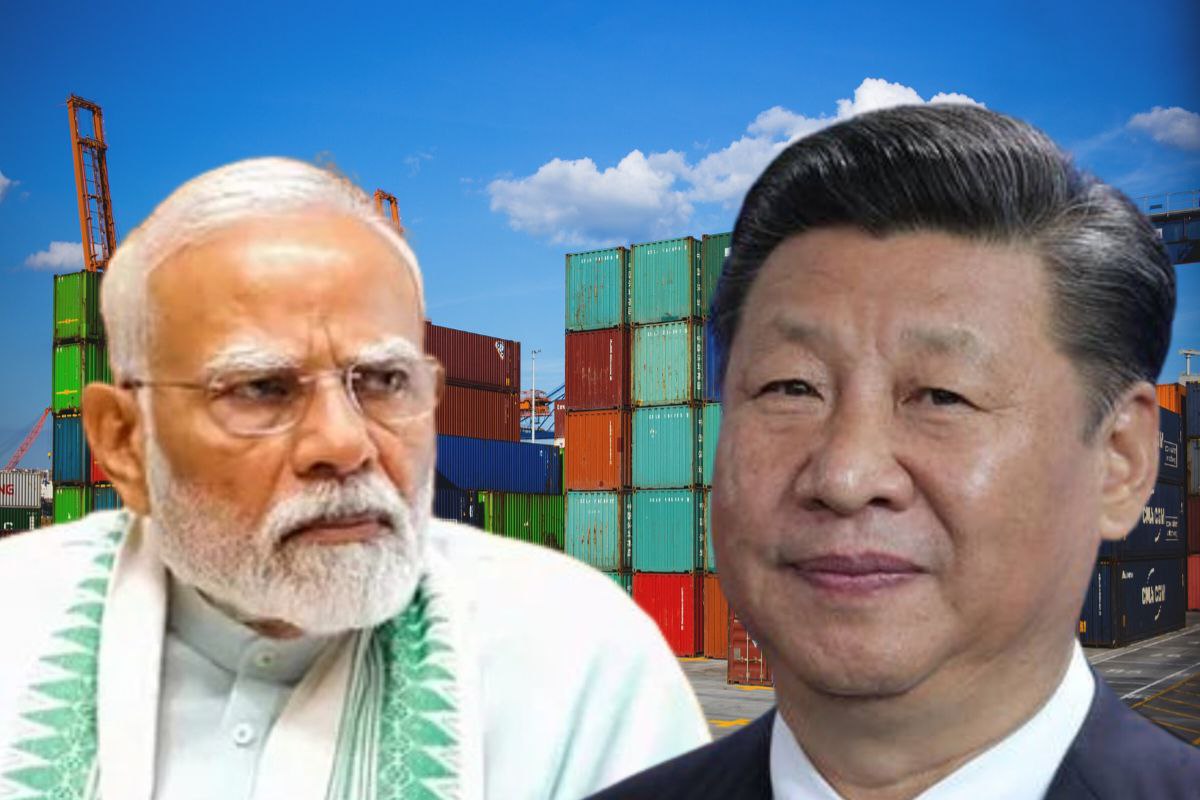China-India Electronic War:China has imposed unofficial trade restrictions on India, targeting its fast-growing electronics and smartphone manufacturing sector. These actions are increasing costs and disrupting supply chains, especially as India aims to reach $32 billion in smartphone exports by FY26. Industry body ICEA, which includes companies like Apple and Google, warns that China’s moves are an attempt to slow India’s rise as a global manufacturing hub.
China-India Electronic War: China’s Trade Tactics Threaten India’s Electronics Manufacturing Boom
China-India Electronic War:In a bold but concerning geopolitical and economic move, China has reportedly imposed a series of unofficial trade restrictions on India, posing significant threats to India’s electronics industry, particularly its booming smartphone export sector. This development has raised alarms among Indian industry leaders and government officials, as it could derail the country’s aspirations of becoming a global manufacturing hub and impact billions in potential exports.
The India Cellular and Electronics Association (ICEA)—a prominent industry body representing major global tech firms like Apple, Google, Motorola, Foxconn, Vivo, Oppo, Lava, Dixon, Flex, and Tata Electronics—has expressed serious concerns to the Indian government. In a formal letter, ICEA warned that China’s recent actions are deliberately aimed at disrupting India’s supply chains and undermining its emergence as a serious global electronics manufacturing center.
A Growing Electronics Powerhouse Under Threat
China-India Electronic War: India’s electronics manufacturing sector has witnessed phenomenal growth over the last few years. In FY25, the country achieved $64 billion worth of electronics production, with $24.1 billion attributed to exports. This marks a dramatic shift from 2015, when India ranked 167th globally in smartphone exports. Now, the country is among the top exporters, thanks to a strong policy push and participation from global giants.
The Production Linked Incentive (PLI) scheme, launched in 2020, has played a pivotal role in this transformation. It incentivized large-scale manufacturing by offering subsidies tied to production output. Apple, a major beneficiary of this scheme, has rapidly expanded its production footprint in India through partners Foxconn and Tata Electronics. Today, India accounts for around 20% of Apple’s global iPhone production, a number that is expected to rise further.
This shift has unsettled China, which once enjoyed a near-monopoly in smartphone manufacturing. Until 5 years ago, Apple manufactured almost all iPhones in China. Now, the tide is turning, and India is rapidly eating into China’s share of global electronics manufacturing—a development Beijing is seemingly determined to push back against.
China’s Covert Economic Pushback
China-India Electronic War:ICEA claims that China’s recent trade behavior is far from a coincidence. Rather, it is a targeted campaign meant to inflate the cost of doing business in India by disrupting access to critical components. As Chinese manufacturers slow down or block shipments of key electronic parts to Indian factories, production costs are rising and timelines are being jeopardized.
This has a direct impact on India’s ambitious export goals. The Indian government had projected smartphone exports to hit $32 billion by FY26. However, with supply chain bottlenecks induced by China, this goal appears increasingly difficult to achieve.
Moreover, the long-term vision of reaching $155 billion in total electronics manufacturing by 2030 is also at risk. The current pressure tactics by China could compromise India’s ability to scale up efficiently and competitively.
Rising Costs and Operational Disruptions
China-India Electronic War:Industry experts warn that if the current trajectory continues without diplomatic or strategic countermeasures, India may lose its hard-earned edge. Rising operational costs, uncertainty in supply chain flow, and dependency on Chinese components are all emerging as major vulnerabilities in India’s growth story.
According to ICEA, these restrictions are already slowing down manufacturing scale-ups, affecting operational efficiency, and making exports more expensive. For a country aiming to rival China in manufacturing, these obstacles could slow momentum at a critical juncture.
A Geopolitical and Economic Tug of War
China-India Electronic War:At the heart of this issue lies a larger geo-economic power struggle. India’s rise as an alternative to China in electronics manufacturing has not gone unnoticed in Beijing. With Western tech giants increasingly looking to “China-plus-one” strategies—shifting parts of their supply chain away from China to reduce geopolitical risks—India has emerged as the most viable alternative.
China’s unofficial trade sanctions are likely a reaction to this shift. The fear in Beijing is that if current trends continue, it may lose its dominant status in the global electronics supply chain, costing billions in revenue and global influence.
India’s Path Forward
China-India Electronic War:India now faces a crucial challenge: how to sustain its electronics boom without becoming over-reliant on Chinese imports. Diversifying supply chains, investing in domestic semiconductor capabilities, and building new global partnerships will be key. The Indian government must also engage diplomatically to highlight China’s unfair trade practices on global forums.

At the same time, this episode underscores the importance of self-reliance—an idea embedded in Prime Minister Narendra Modi’s “Atmanirbhar Bharat” vision. Unless addressed swiftly, the Chinese pressure tactics could become a major bottleneck in India’s economic aspirations.
Conclusion
China-India Electronic War:China’s subtle yet strategic trade restrictions on India expose a growing fear in Beijing—that India might replace it as the next global electronics manufacturing powerhouse. The rise in costs, production disruptions, and supply chain vulnerabilities are real challenges for India. However, they also serve as a wake-up call to double down on diversification, resilience, and long-term strategic planning.
India’s journey from the 167th rank in smartphone exports to a global player is no small feat. Now, the onus is on policymakers, industry leaders, and global partners to ensure that this momentum is not lost to geopolitical sabotage. Ongoing China-India Electronic War The world is watching this high-stakes economic chess game—and the next few moves will define the future of global electronics manufacturing.

